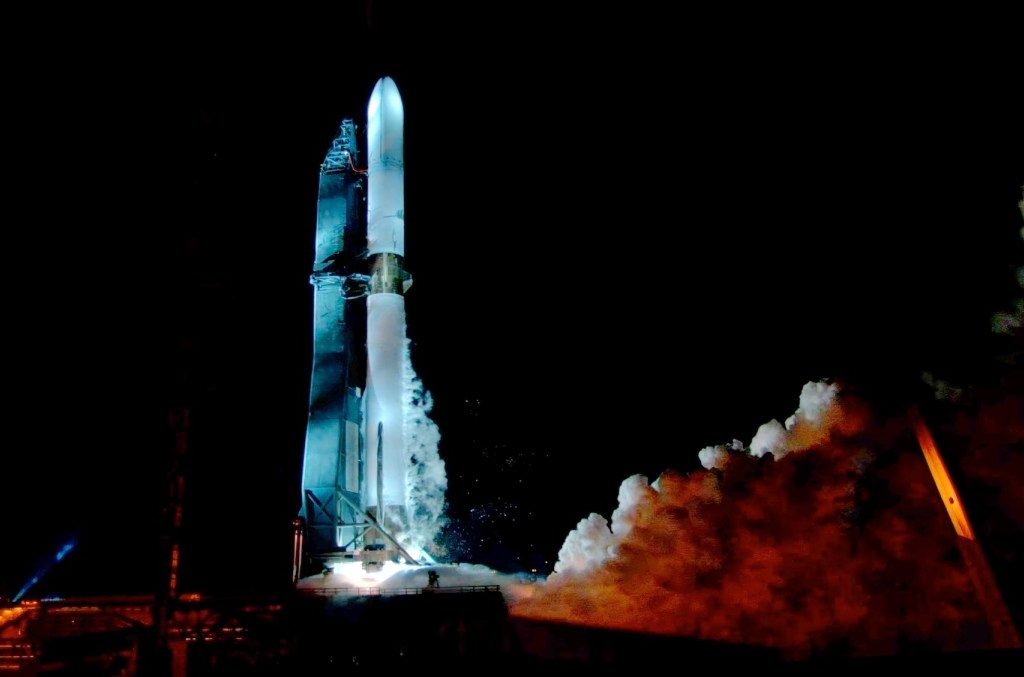Blue Origin announced it is ready to proceed with the inaugural launch of its New Glenn rocket following a successful static-fire test of the rocket's first stage on December 27. The test, conducted at Launch Complex 36 at Cape Canaveral Space Force Station, Florida, came shortly after the company secured a launch license from the Federal Aviation Administration (FAA).
The static-fire test involved igniting all seven BE-4 engines on New Glenn's first stage for 24 seconds, including 13 seconds at full thrust. The company confirmed that the test met its objectives, validating both vehicle and ground systems and demonstrating readiness for day-of-launch operations. “The campaign met all objectives and marks the final major test prior to launch,” Blue Origin stated.
The test followed several days of preparation, including loading propellants into both stages of the rocket and performing practice countdowns. While earlier attempts on December 21 and during the day of the test appeared to approach engine ignition, they did not culminate in a static fire until the evening of December 27.
The FAA granted Blue Origin a launch license earlier that day, authorizing New Glenn launches from Cape Canaveral. The license provides approval for operations but offers limited details on the rocket's specific trajectories or mission parameters.
“By working closely with Blue Origin, the FAA issued this new launch license well in advance of the statutory deadline for the historic maiden flight of New Glenn,” Kelvin Coleman, FAA associate administrator for commercial space transportation, said in a statement.
With these milestones achieved, the company is preparing for a launch anticipated in early January. “Well, all we have left to do is mate our encapsulated payload… and then LAUNCH!” Dave Limp, Blue Origin's chief executive, stated in a social media post.
New Glenn, named after astronaut John Glenn, represents a significant step for Blue Origin as it enters the heavy-lift launch market. The vehicle's maiden flight is expected to demonstrate its capabilities and set the stage for future commercial and governmental missions.
